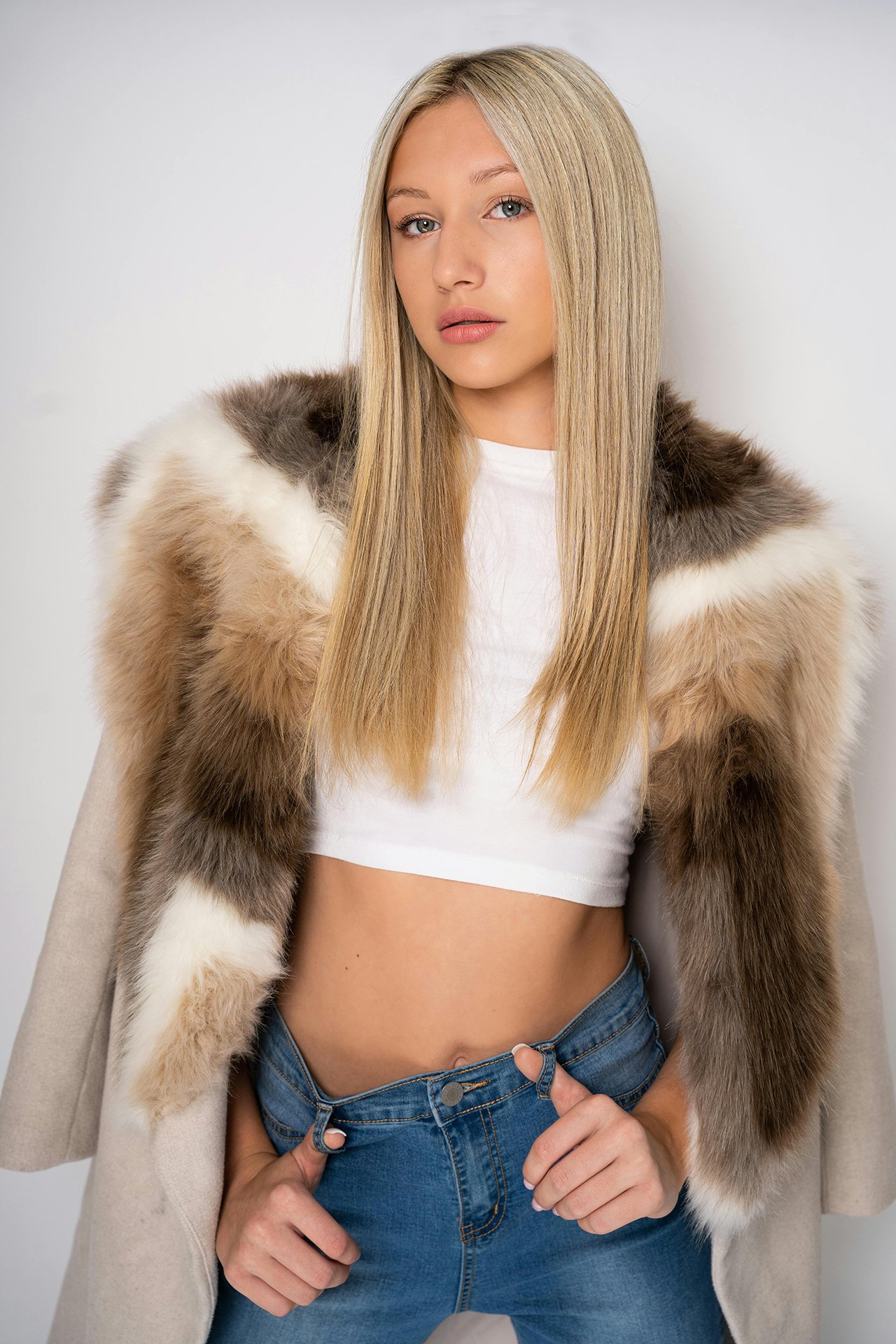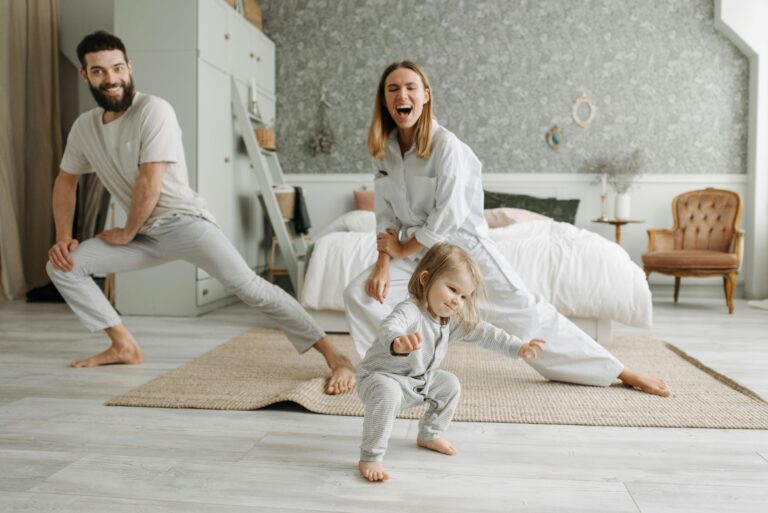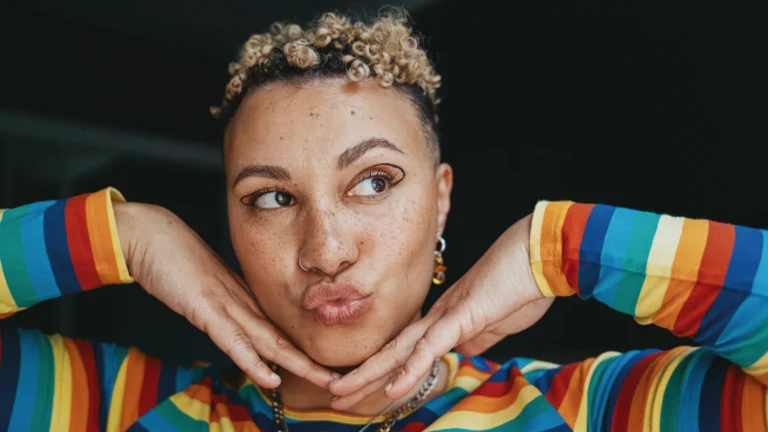Discover how ready-to-wear fashion shows have transformed the global fashion scene. Explore the evolution, key designers, seasonal trends, and the future of prêt-à-porter collections.
Inside the World of Ready-to-Wear Fashion Shows: A Modern Fashion Evolution

Ready-to-wear fashion shows (also known as fashion RTW) are among the most influential platforms in the global fashion industry. They bridge the gap between haute couture and commercial fashion, spotlighting new fashion collections, revealing the latest fashion designer looks, and reflecting the ongoing fashion design history in real time.
In this article, we explore:
- What defines ready-to-wear fashion
- How ready-to-wear fashion shows operate
- Noteworthy recent fashion designers and their collections
- The historical evolution of RTW shows
- Highlights from iconic fashion weeks
What is Ready-to-Wear (RTW) Fashion?
Ready-to-wear (RTW) or prêt-à-porter fashion refers to designer garments that are made in standardized sizes and sold through retail, without the need for custom tailoring.
Key Characteristics:
- Produced in collections by season (Spring/Summer, Fall/Winter)
- Mass manufactured but with designer-level creativity
- Worn by real consumers, not just red-carpet celebrities
RTW differs from haute couture, which is exclusively handcrafted, one-of-a-kind, and often inaccessible to the general public.
The Role of Ready-to-Wear Fashion Shows
Ready-to-wear fashion shows are where the world’s top designers present their seasonal collections to global audiences. These shows:
- Set fashion trends for the year
- Launch new fashion collections from luxury brands and emerging talents
- Influence fashion media, retail buyers, and stylists
Major RTW Fashion Weeks:
| City | Signature Shows | Notable RTW Designers |
| Paris | Paris Fashion Week (PFW) | Chanel, Dior, Balmain, Saint Laurent |
| Milan | Milan Fashion Week | Prada, Gucci, Fendi, Versace |
| New York | New York Fashion Week (NYFW) | Michael Kors, Proenza Schouler, Tory Burch |
| London | London Fashion Week | Burberry, Victoria Beckham, Simone Rocha |
Recent Fashion Designers Making Waves in RTW
Emerging and established designers alike define what’s next in fashion. Here are the recent fashion designers to watch who are shaping RTW:
Designers to Follow:
- Nensi Dojaka – Sensual sheer layers and architectural detailing
- Peter Do – Sharp tailoring with a futuristic edge
- Marine Serre – Eco-conscious designs with a signature crescent moon motif
- Thebe Magugu – South African heritage meets progressive silhouettes
- Jonathan Anderson (Loewe) – Avant-garde but wearable aesthetics
Noteworthy New Fashion Collections
Fall/Winter 2024 RTW Highlights:
- Prada – Uniform-inspired ensembles with oversized blazers
- Dior – Empowered femininity with bold, structured coats
- Loewe – Sculptural draping and surreal accessories
- Chanel – A return to classic tweed with wintery hues
Spring/Summer 2025 (Forecasted Themes):
- Sheer layering and naked dressing
- Eco-luxury with natural fibers and upcycled materials
- Utility chic—functional yet fashionable silhouettes
- Gender-fluid tailoring
RTW and Fashion Design History
The history of fashion design has evolved significantly with the rise of RTW:
Timeline of RTW Evolution:
- 1950s–60s: Yves Saint Laurent popularized RTW with “Rive Gauche”
- 1970s–80s: Calvin Klein and Donna Karan elevated American RTW
- 1990s–2000s: Rise of minimalism and supermodel era RTW dominance
- 2010s–2020s: Emergence of sustainable fashion and digital runway shows
RTW fashion today honors tradition while experimenting with materials, gender roles, and technology.
What to Expect at a Ready-to-Wear Fashion Show
Attending or watching an RTW show gives you a direct view into:
- Fashion designer looks before they hit stores
- Styling ideas for everyday wear
- Color and fabric trends for the upcoming season
- Insight into fashion’s social and cultural shifts
Shows are typically attended by:
- Retail buyers (for department stores and boutiques)
- Fashion journalists and bloggers
- Stylists and celebrities
- Influencers and trend forecasters
How RTW Differs from Haute Couture
| Feature | Ready-to-Wear (RTW) | Haute Couture |
| Production | Mass-produced | Made-to-measure |
| Price Point | Mid to high | Ultra-high/luxury |
| Audience | Public, fashion-forward | Ultra-wealthy private clients |
| Timeline | Seasonal, fast-paced | Long production times |
| Design Experimentation | Balanced with practicality | Unrestrained artistic vision |
FAQs (Frequently Asked Questions):
1. What is a ready-to-wear fashion show?
A ready-to-wear fashion show, also known as prêt-à-porter, showcases designer clothing that is manufactured in standard sizes and available for sale to the general public. These shows present seasonal collections that blend creativity with commercial appeal.
2. How does ready-to-wear differ from haute couture?
Ready-to-wear clothing is mass-produced in standard sizes and available in retail stores, whereas haute couture is custom-made for individual clients and often involves intricate handwork and luxury fabrics.
3. Why are ready-to-wear fashion shows important?
They bridge the gap between luxury and accessibility, allowing designers to reach a wider audience while setting seasonal fashion trends and influencing retail markets globally.
4. When are ready-to-wear fashion shows typically held?
Major ready-to-wear fashion shows occur twice a year — for Spring/Summer and Fall/Winter collections — during global Fashion Weeks in cities like Paris, Milan, London, and New York.
5. Who attends ready-to-wear fashion shows?
Attendees include fashion editors, buyers, influencers, celebrities, stylists, and media professionals who shape fashion coverage and trends worldwide.
6. How have ready-to-wear shows evolved in the digital age?
Digital innovations have brought live streaming, virtual runways, and direct-to-consumer formats, making fashion shows more accessible to global audiences and increasing brand engagement.
7. Which designers are known for iconic ready-to-wear collections?
Renowned names include Karl Lagerfeld (for Chanel), Marc Jacobs, Virgil Abloh, Stella McCartney, Miuccia Prada, and Raf Simons — all of whom redefined modern prêt-à-porter aesthetics.
8. Can consumers buy outfits directly after a ready-to-wear show?
With the rise of the “see now, buy now” model, some brands allow immediate purchases post-show, reducing the traditional 6-month retail lag.
9. What trends define modern ready-to-wear collections?
Sustainability, gender-neutral designs, tech fabrics, wearable art, and comfort-driven silhouettes are defining features of modern ready-to-wear fashion.
10. What is the future of ready-to-wear fashion shows?
Expect hybrid physical-digital presentations, AI-powered personalization, and stronger sustainability messaging as the industry adapts to new consumer expectations.
Final Thoughts: RTW as the Future of Accessible Luxury
Ready-to-wear fashion shows continue to lead the evolution of the global fashion narrative. From launching new fashion collections to showcasing recent fashion designers, these shows are instrumental in shaping style and identity across the world.
As fashion becomes more inclusive, sustainable, and digitally driven, the RTW space will remain the industry’s core—where creativity meets commerce, and style meets everyday wearability.
✅ Stay in Vogue
Bookmark this page to keep up with the latest fashion RTW shows, discover fashion designer looks, and explore the living history of fashion design through the ever-evolving world of ready-to-wear fashion.

Shikha Singh
Keep in touch with our news & offers
Subscribe to Our Newsletter
Thank you for subscribing to the newsletter.
Oops. Something went wrong. Please try again later.






